http://greenapplesblush.blogspot.com/p/living-books-for-geography.html
(This post lists a U.S. study first, followed by a world study.)
http://greenapplesblush.blogspot.com/2012/07/geography-in-box.html
(This details some Montessori-style geography boxes I created for all the different continents.)
http://greenapplesblush.blogspot.com/2013/08/world-geography-again.html
(And here is the first post I made on how I ended up using those boxes with a small group....)
http://greenapplesblush.blogspot.com/2010/12/first-grade-history-and-literature.html
(Books I used for first grade history with my younger son.)
Anyway, I have always thought that I would like to do an American history for younger children using Betsy and Guilio Maestro's lovely picture books as a base. This is primarily early American history, but I have added in some topics up to the 20th century. In historical order they are as follows (with a few other good authors thrown in, to flesh out certain areas of interest):

From proto-native Americans crossing the Bering land bridge to the first European explorers.
These books are beautifully illustrated with a fairly simple text. They all do have appendices at the end that will allow you to flesh out the facts from the time period a little more fully, so don't neglect to read those!
Let's think about a schedule: If you wanted to do history three days per week, for week one you could read this book Monday, then read Leif on Wednesday and Columbus on Friday. For week two, you could use your history time to work on some of the games and projects related to this time period.
And let's add in a couple of D'Aulaire books, too:
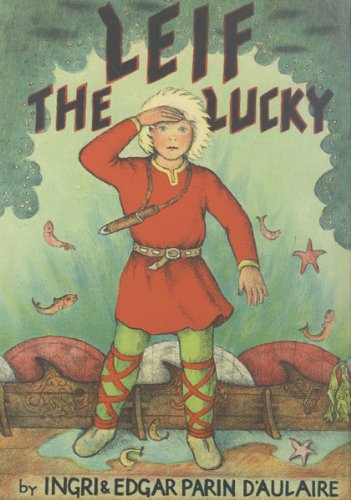

Make your own compass: http://www.icanteachmychild.com/make-your-own-compass/
How the compass helped Columbus: http://study.com/academy/lesson/how-the-compass-helped-columbus.html
Celestial Navigation: http://www.theoutdoorparent.com/?p=385
Latitude and Longitude game online: http://www.kidsgeo.com/geography-games/latitude-longitude-map-game.php
Interactive Latitude and Longitude map:
http://www.eduplace.com/kids/socsci/books/applications/imaps/maps/g3_u6/index.html
Latitude and Longitude Treasure Hunt online:
http://www.abcya.com/latitude_and_longitude_practice.htm
How to make your own model boat (numerous types):
http://www.artistshelpingchildren.org/boats-ships-craftsideasactivitieskids.html
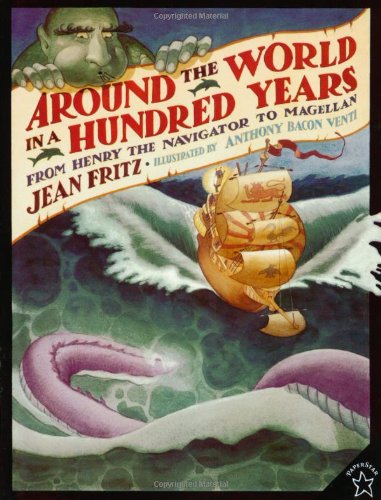

America after Columbus, including the conquistadores, 1500 - 1620.

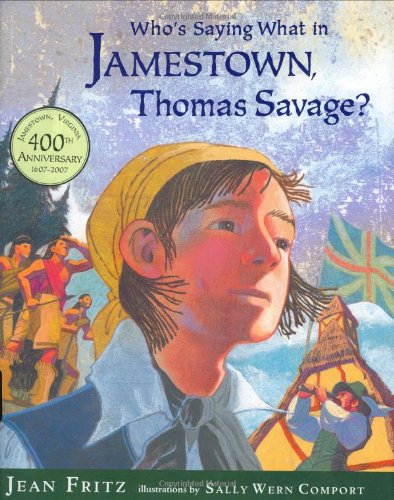
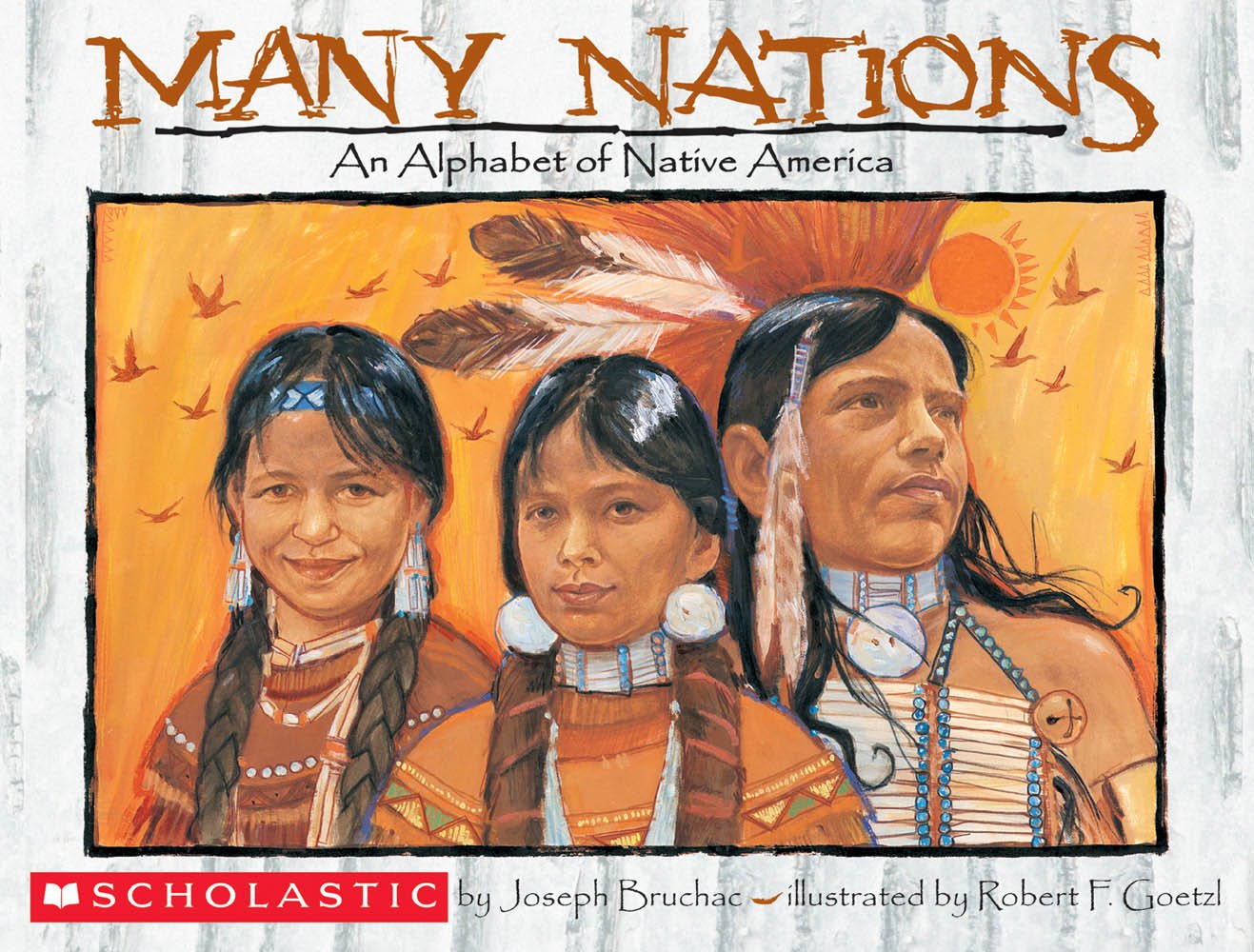
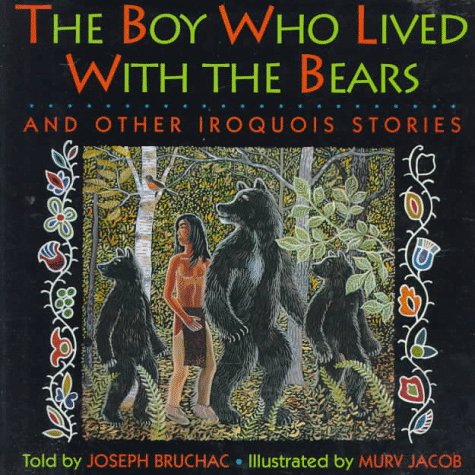
Adding in a few other books about early explorers, earliest colonies and Native Americans....
Interactive Explorers' Map:
http://eduplace.com/kids/socsci/books/applications/imaps/maps/g5s_u2/index.html
A few Native American crafts to give you some ideas for hands-on activities:
http://www.freekidscrafts.com/world-crafts/native-american-crafts/
Week 3: read Exploration, Lost Colony, and Jamestown. Week 4: read Around the World. Week 5: read from Many Nations and Boy Who Lived w/ Bears on Monday and perhaps Wednesday, then use the rest of your time to work on some Native American related crafts.

Early American colonizers, 1620 - 1689. Let's add in a D'Aulaire book, and maybe a couple by Cheryl Harness:

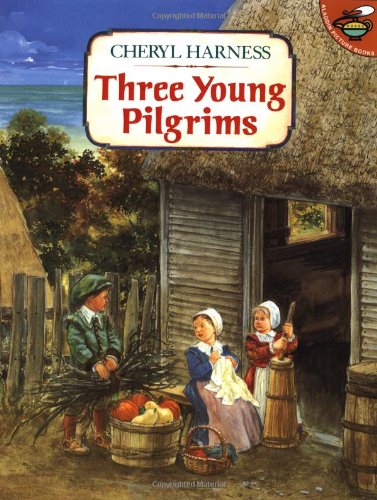



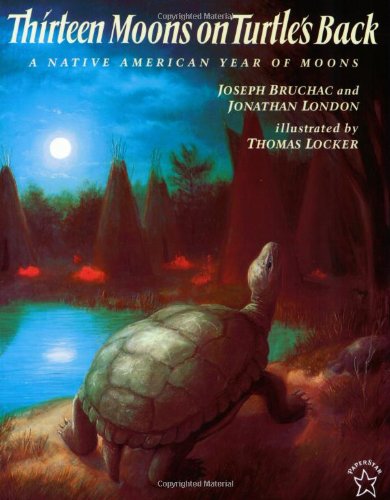
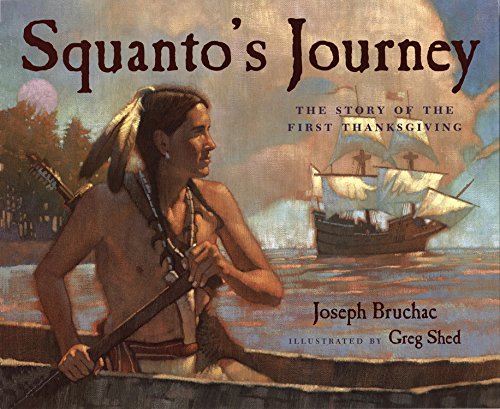
And a few more about early colonists and their displeasure with England, as well as more on Native Americans....
A few Colonial themed activities for kids to help immerse them in the study:
http://www.kidactivities.net/post/Cononial-Theme-Ideas-for-Kids.aspx
Make a pomander:
http://www.instructables.com/id/Pomander-ball-Christmas-gift/
Make a rag doll (there are many options out there, and you can add yarn hair, etc.):
http://www.wikihow.com/Make-Rag-Dolls
Or here's a yarn doll:
http://www.wikihow.com/Make-a-Colonial-Girl-Yarn-Doll
How to play marbles:
http://www.landofmarbles.com/marbles-play.html
Week 6: read New Americans, Pocahontas, Three Young Pilgrims. Week 7: read King George, Colonial Year and Cabin Faced West. Week 8: read Thirteen Moons and Squanto's Journey, then finish up by playing some games from the time period or making a colonial craft....
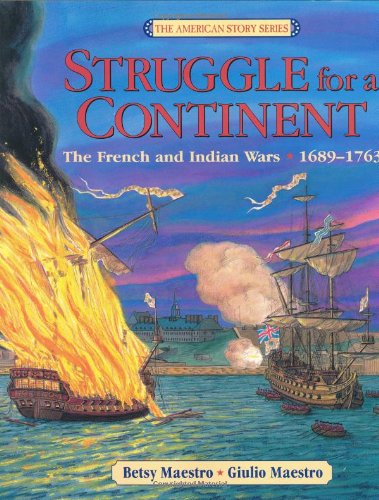
The French and Indian Wars, 1689-1763.
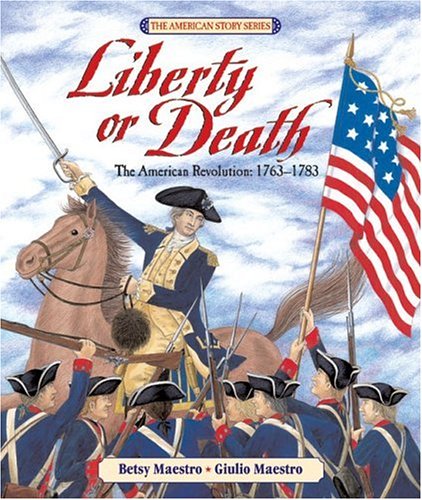
Liberty or Death: The American Revolution, 1763 - 1783.

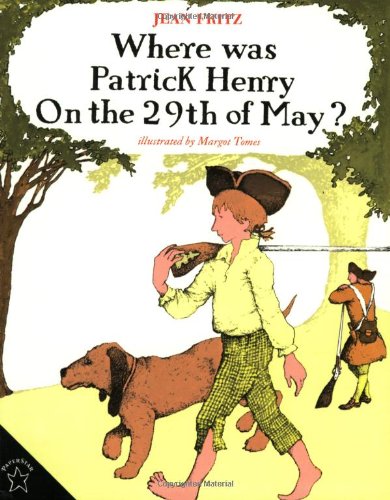


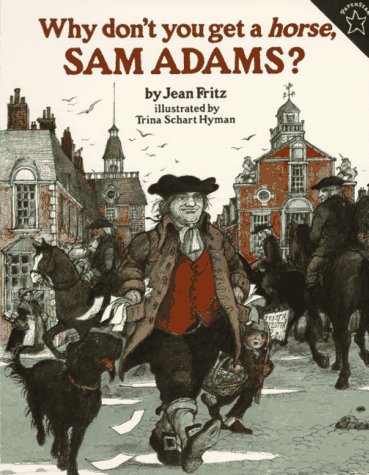

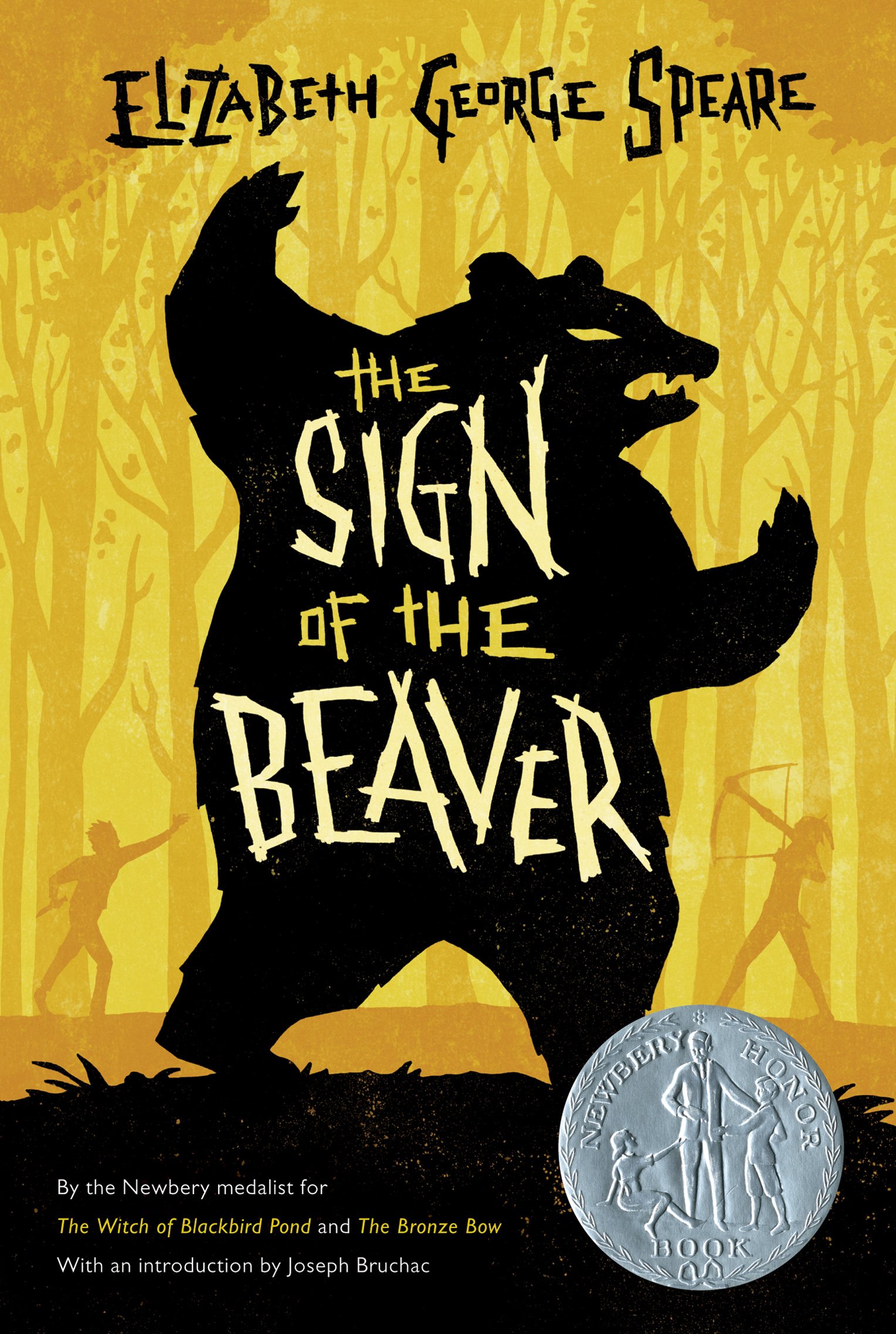
More on displeasure with England; early colonists, especially those instrumental in the lead up to revolution; and, of course, more on the Native Americans of the time....
Week 9: Struggle, Liberty, Paul Revere. Week 10: Patrick Henry, Plymouth Rock, G v. G. Week 11/12 : Sam Adams, Arrow Over the Door, Sign of the Beaver.
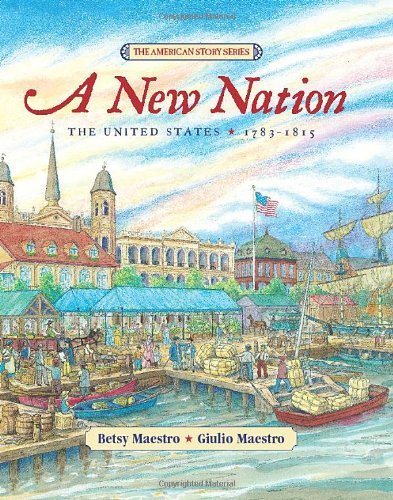
1783 - 1815, includes the War of 1812. This book covers a lot, so I would divide up the reading of it, perhaps. The first part of the book could be covered, then the next book, on the constitution and some of the founding fathers, before returning to the War of 1812, Erie Canal, Fort McHenry, etc., which came later in time.



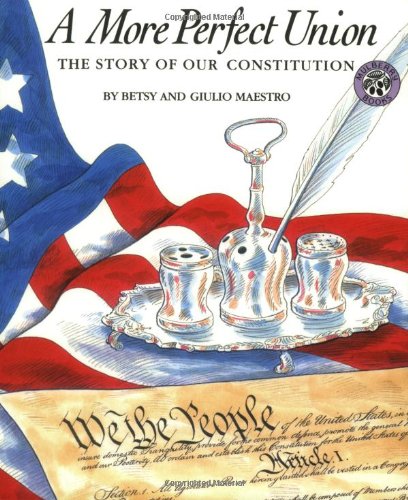
Regarding the creation of the American Constitution.

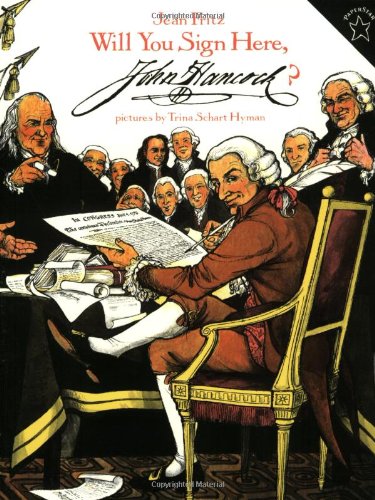
So, after this point there is a gap in the Maestro books. I would use some of the D'Aulaire books to fill that gap. Oh! And some Cheryl Harness books, too - maybe - some of these might be too lengthy to hold the interest of some first graders.... Or, how about Jean Fritz for those who can't handle Harness?
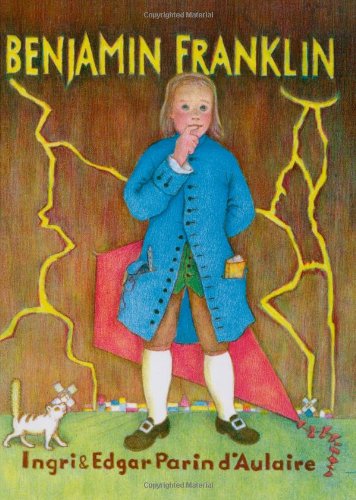
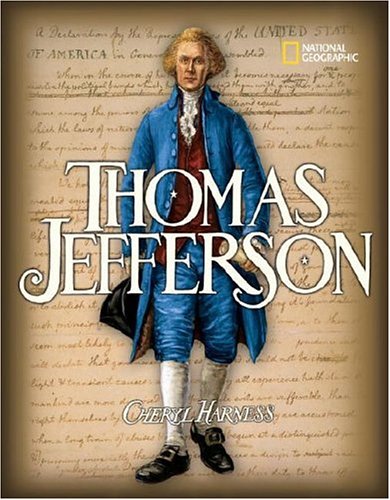
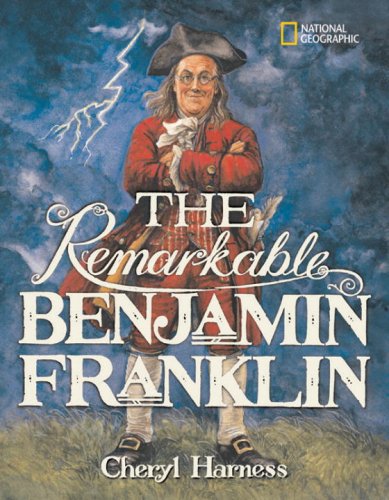

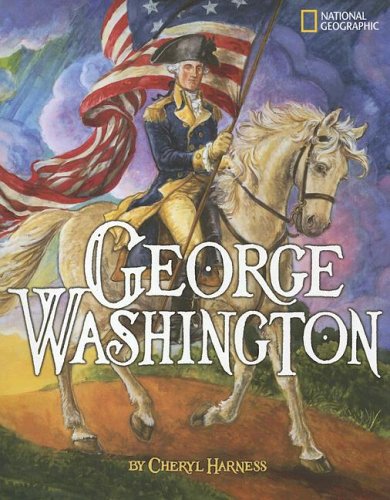
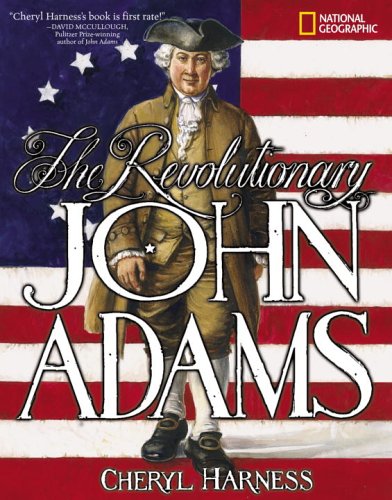

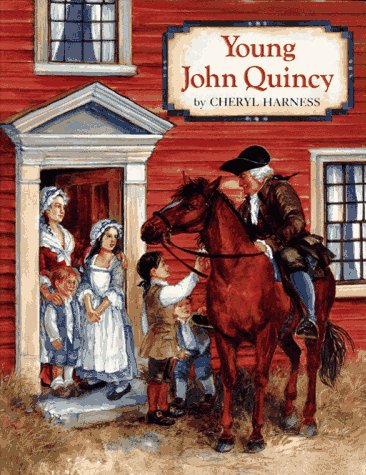 (The Young John Q might be better than the first for younger listeners....)
(The Young John Q might be better than the first for younger listeners....)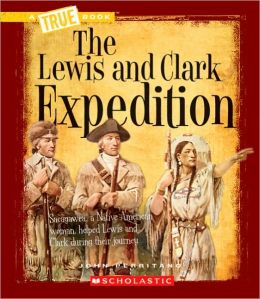
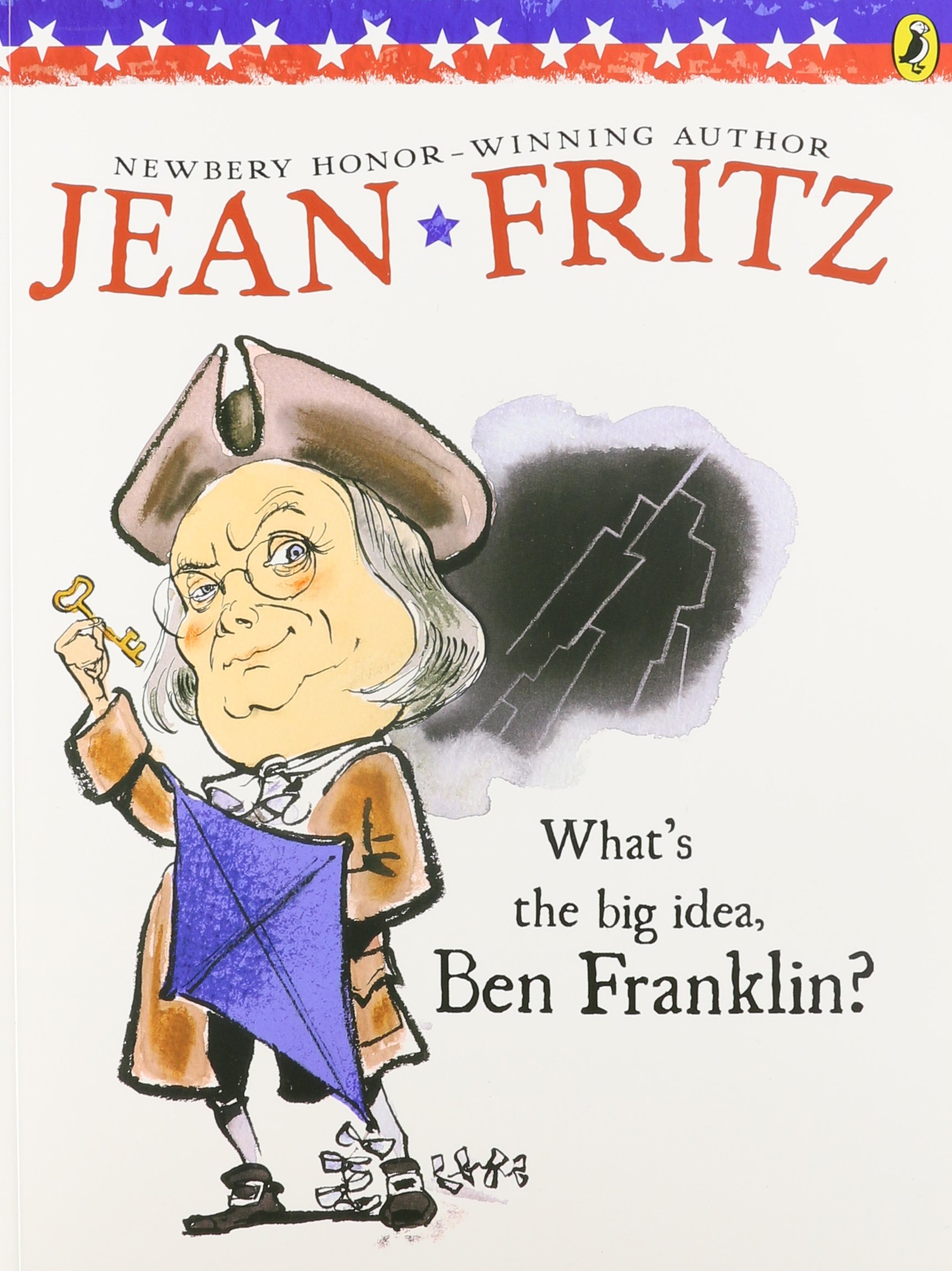


There are certainly plenty about GW to choose from!
There's also a suggestion for a lapbook at Homeschool Share regarding Johnny Appleseed that includes some good books:
http://www.homeschoolshare.com/johnny_appleseed.php
Another good book for the early 1800's time period is Ox-Cart Man. Homeschool Share has a lapbook for this, too:
http://www.homeschoolshare.com/OxCartMan.php
So, perhaps I would read Perfect Union, Shhhh! and John Hancock first, in Week 13. Then for week 14: New Nation, Erie Canal, Flags, Strawberries (two in one day). Week 15: one Ben Franklin, one George Washington, one John Adams book. Week 16: Thomas Jefferson, Lewis and Clark Expedition, and either Ox Cart Man or some of the Johnny Appleseed books. Week 17: work on lapbook and do more readings to go with whichever one of those topics you chose. Washington Irving? I would make sure it's not too scary for a younger child....
Mid-1800's:
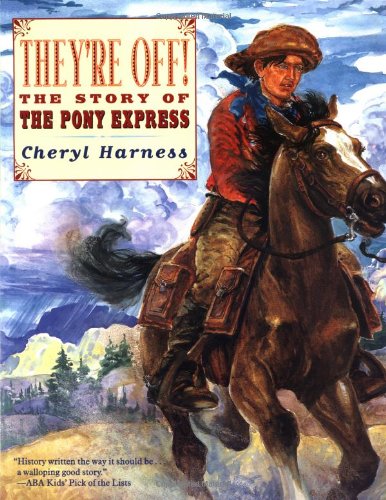
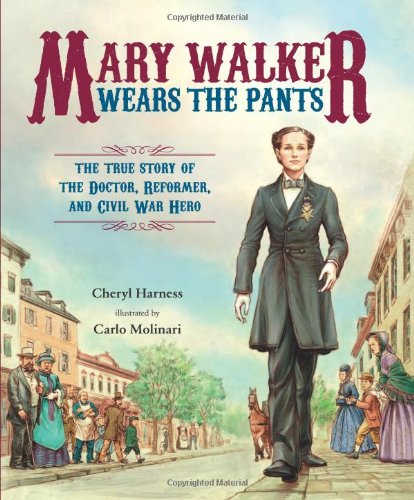
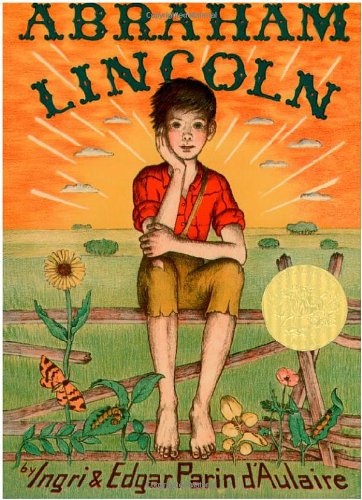

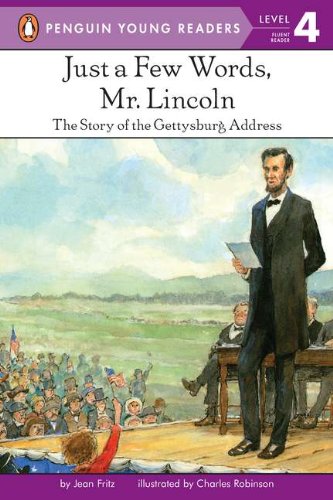
Here's a lapbook whose elements you might like to incorporate into your study of Lincoln:
http://www.homeschoolshare.com/abraham_lincoln_boy_who_loved_books.php
Also, after all the books about Washington and Lincoln, you might like to take a look at a lapbook about President's Day:
http://www.homeschoolshare.com/president.php
Week 18: read Pony Express, Mary Walker, and one of the Lincoln Books. Week 19: do more reading on Lincoln as you work on the lapbook related to him.
And all this leads us into the Civil War era. Wish the Maestro's had a book or two about that. What to use here? Hmmmmm.... How about some of these?
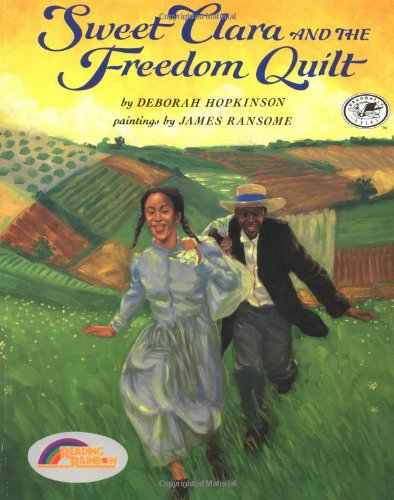

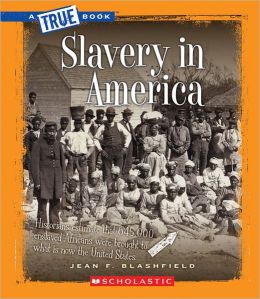
Deborah Hopkinson
Week 20: Freedom Quilt, Mark Twain, Slavery.
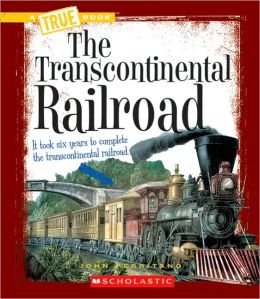
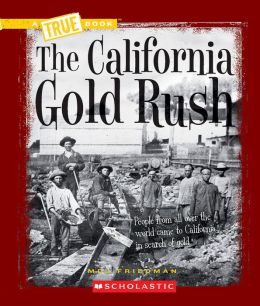
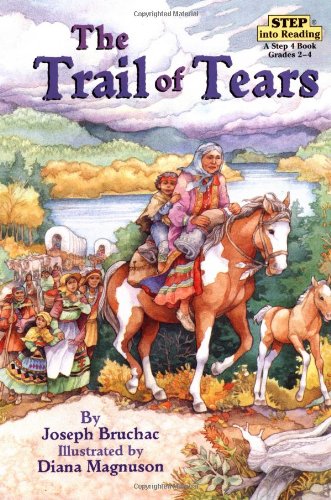
Week 21: Railroad, Gold Rush, Trail of Tears.

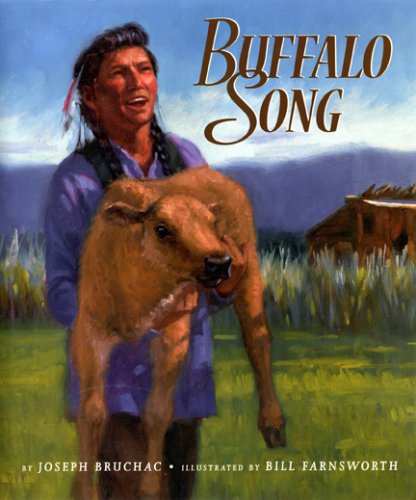

Week 22: Long Walk, Buffalo Song, Crazy Horse.
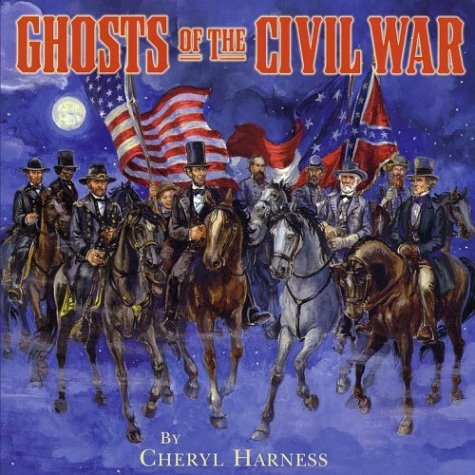
Not sure about introducing the topic of the Civil War through "ghosts" for younger children, but she's using this as a way to introduce info from someone who was there, not in the scary sense - still....
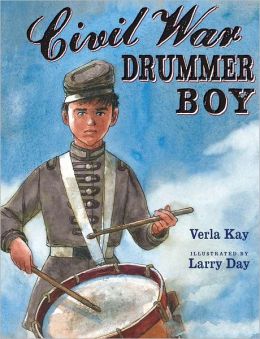
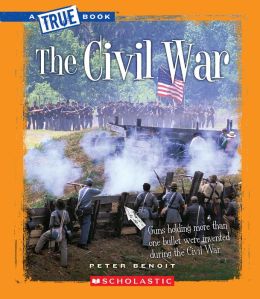
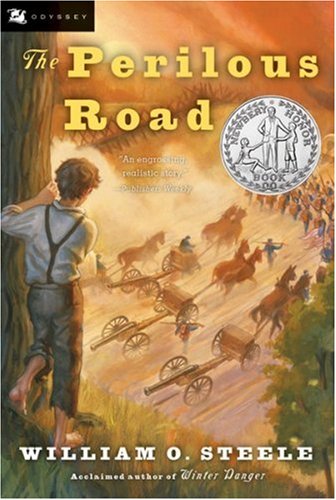 (Longer novel by Fritz)
(Longer novel by Fritz)Toys and games from the Civil War era (you may already own some of these):
http://www.ushist.com/american_civil-war_toys-and-games_f.shtml
Week 23/24: Drummer Boy, Civil War, Perilous Road. Play some of the games related to the Civil War time period, if time allows.
Late 1800's:
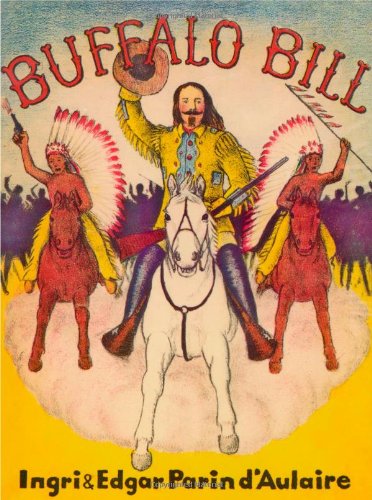


Catriona Clarke, Usborne Chris Demarest
End of the Cowboy period into modern era....
Cute cowboy vest:
http://www.crayola.com/crafts/western-vest-craft/
Week 25: read Cowboy related books and work on craft project.

Statue dedicated 1886.
Make your own Statue of Liberty crown and torch:
http://buggyandbuddy.com/crafts-for-kids-make-a-statue-of-liberty-crown-and-torch/
And this book might make a good companion to the story of Lady Liberty:

It is by Erica Silverman and details info on the woman poet who wrote The Great Colossus.... (She also helped immigrants of that time, so it plays into the next Maestro book, as well....)
Week 26: read Liberty related books and work on craft project.
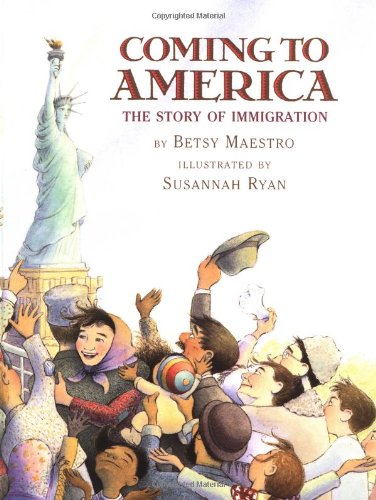
Immigration to America, from the earliest native groups through Ellis Island.
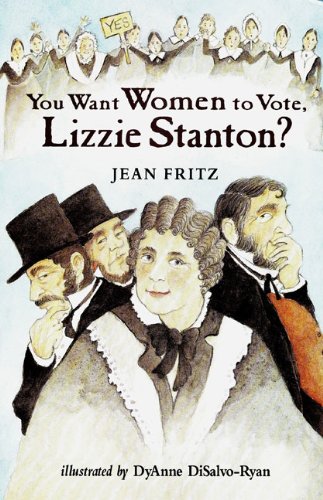
1815 - 1902
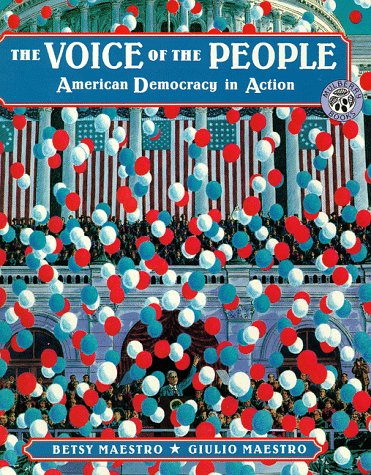
Good for government studies. May need to find this one used; don't know if it is still in print....
Ideas for some patriotic crafts projects for children:
http://www.freekidscrafts.com/holidays/patriotic-crafts/
Week 27/28: read Coming, Lizzie, Voice and work on patriotic crafts.
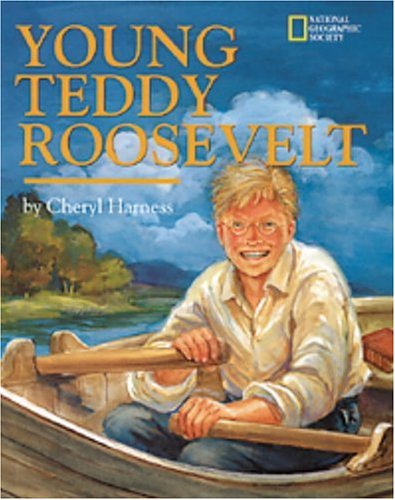

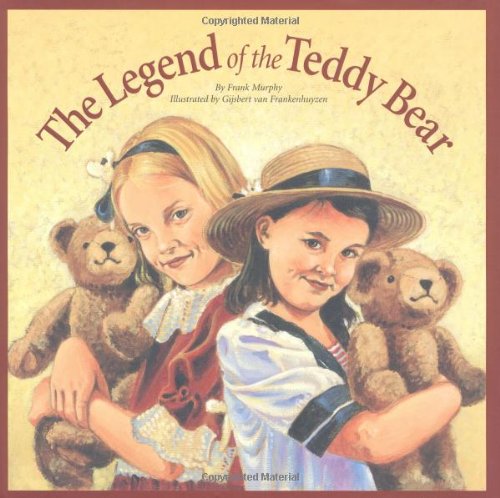
1858 - 1919 Longer book.... Frank Murphy
Week 29/30: read Roosevelt books....
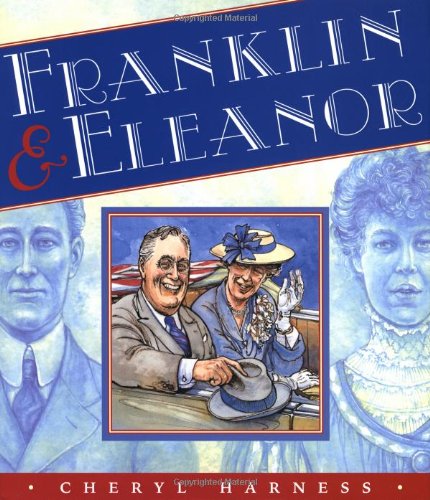
1882 - 1945
Week 31: read about the *other* Roosevelts.
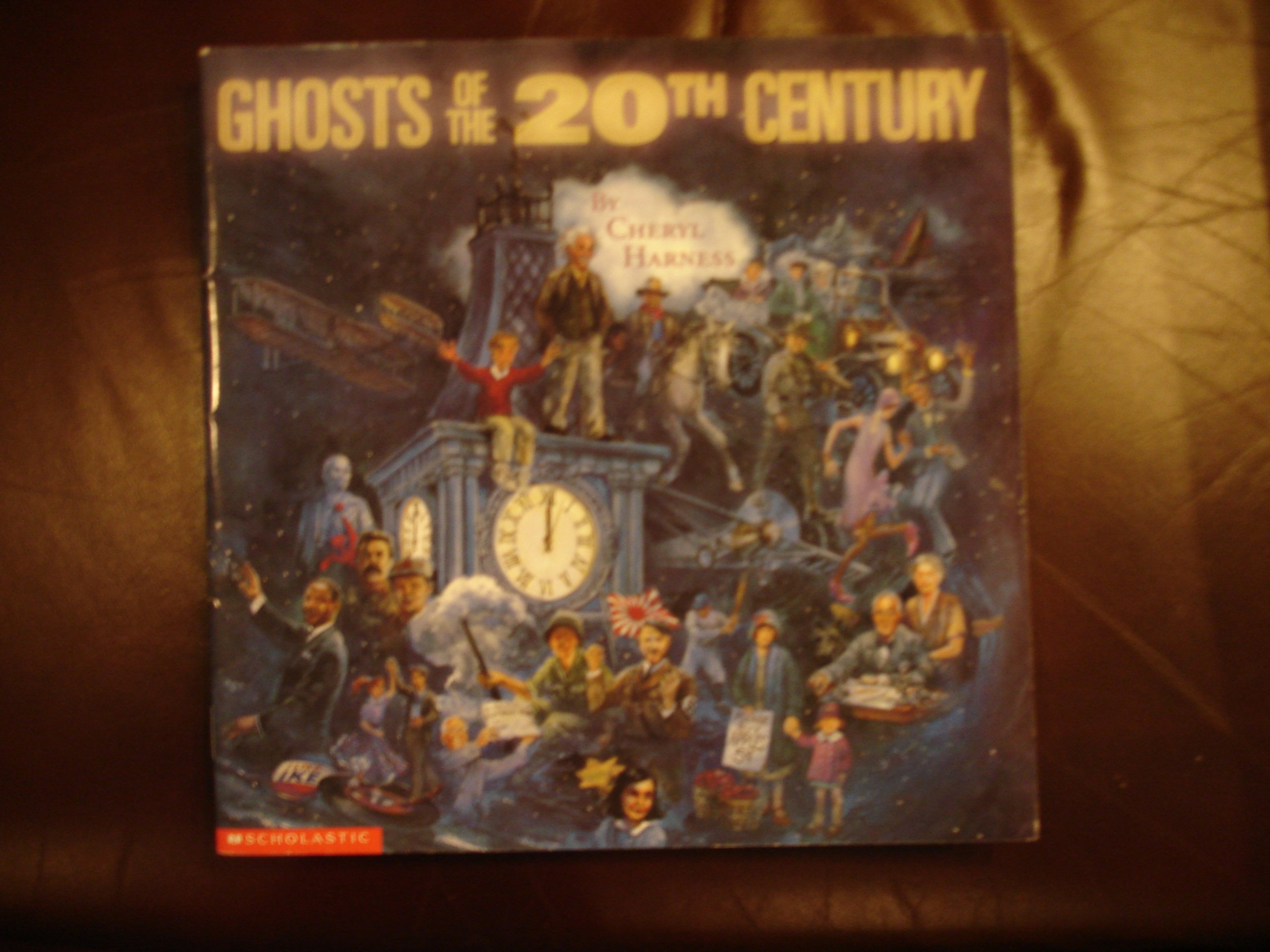
Ghosts of the 20th Century - another one I'm iffy about, because of the "ghost" theme....
And another along that same line, that might fill in missing presidents:
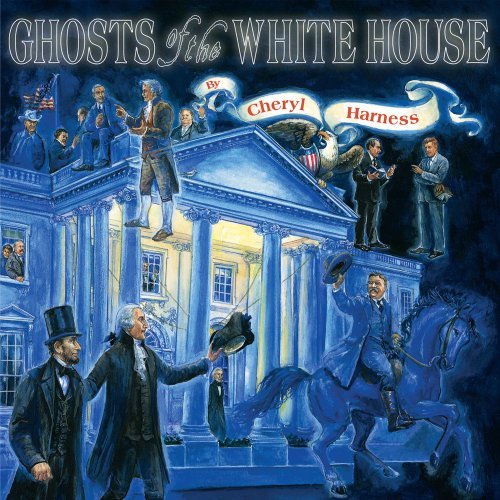
Lapbook on President's Day might be done here, instead of earlier....
Week 32-36: Hmmmmm, not sure about using the "ghost" books as a stepping off point for other Presidents or more modern topics....
Dover has a President's sticker book, as well as other coloring and activity books related to America:
So perhaps you could do the President's Day lapbook mentioned earlier and then read about some of the other presidents not covered during the year through the sticker book mentioned, etc. Maybe you could bring Washington Irving in here, too, if you decide to use it, along with the coloring book of other legends and tall tales....
I hope that you might find some ideas here that you can use!
Regena